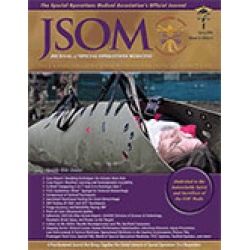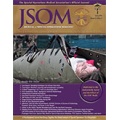Accuracy and Reliability of Triage at the Point of Injury During Operation Enduring Freedom
Plackett TP, Nielsen JS, Hahn CD, Rames JM 16(1). 51 - 56 (Journal Article)
Background: Accurate point-of-injury reports and casualty evacuation requests allow for optimal resource utilization. However, the accuracy of these reports has not been previously studied. Methods: All trauma patients treated at one of three forward surgical elements (FSE) in Western Afghanistan during May-August 2012 were prospectively included. North American Treaty Organization (NATO) 9-line medical evacuation request and mechanism, injuries, signs, and treatments (MIST) reports were compared to the initial findings on arrival to the FSE. Results: There were 179 casualty evacuation reports and 298 patients. NATO 9-line and/or MIST reports were available for 70% of these. Triage was accurate for 77%, but there was 17% overtriage and 6% undertriage (k = .619). The number of patients was accurate in 95% of reports, the mechanism of injury was accurate for 98%, and the body region involved was accurate for 92% (k = .850, .943, and .870, respectively). There was no difference between the mean vital signs at the point of injury or on arrival at the FSE. When analyzed individually, however, there was no correlation between each casualty's pulse, mean arterial pressure, or respiratory rate between the two time points. Discussion: There was a high degree of correlation between the triage category of casualty evacuation reports and the patient's actual medical needs. There was also a highly significant association with the number of patients, mechanism of injury, and bodily injuries. However, there was discordance between the vital signs at an individual level, which may represent regression toward the resuscitation threshold.


 Español
Español 




